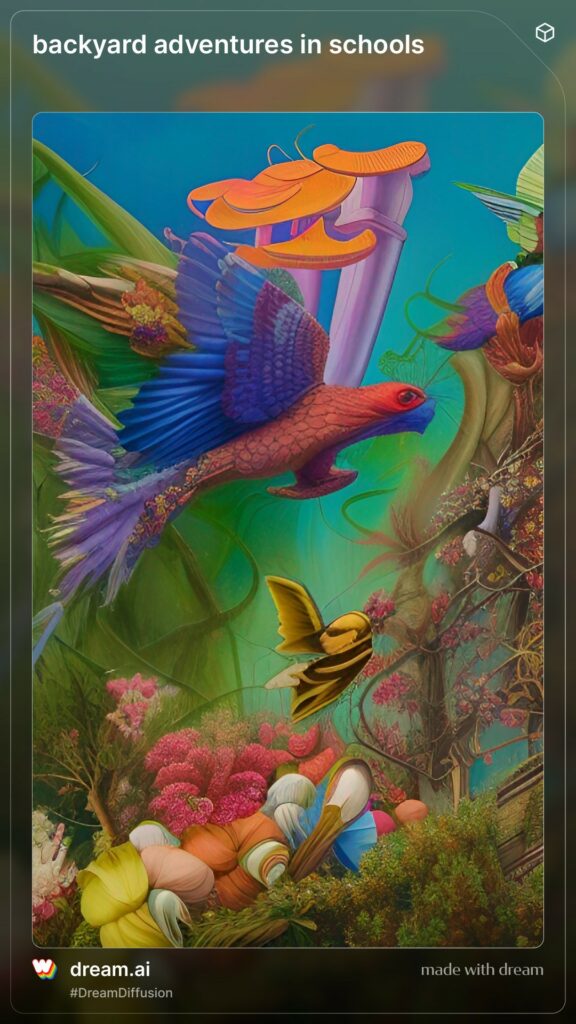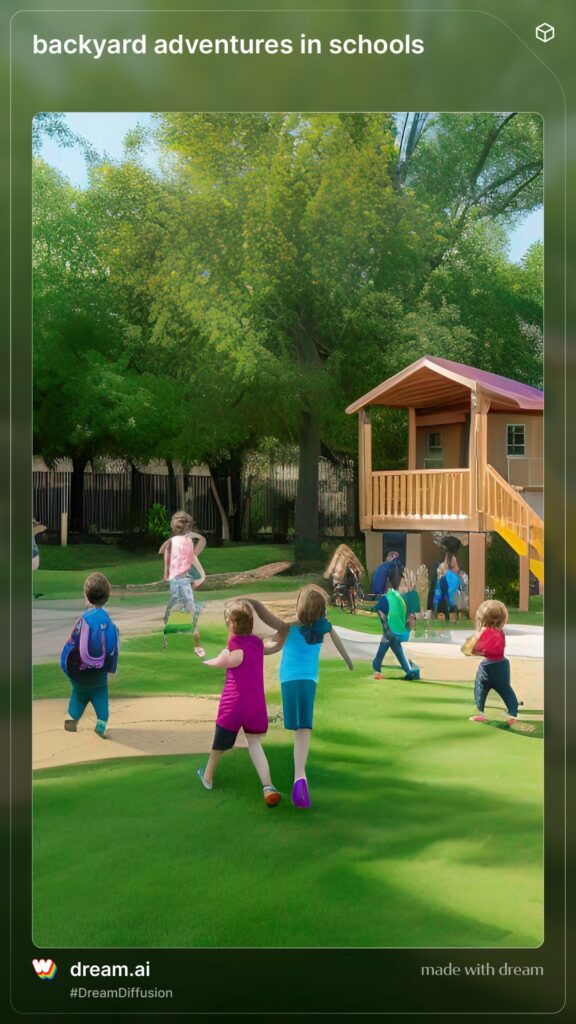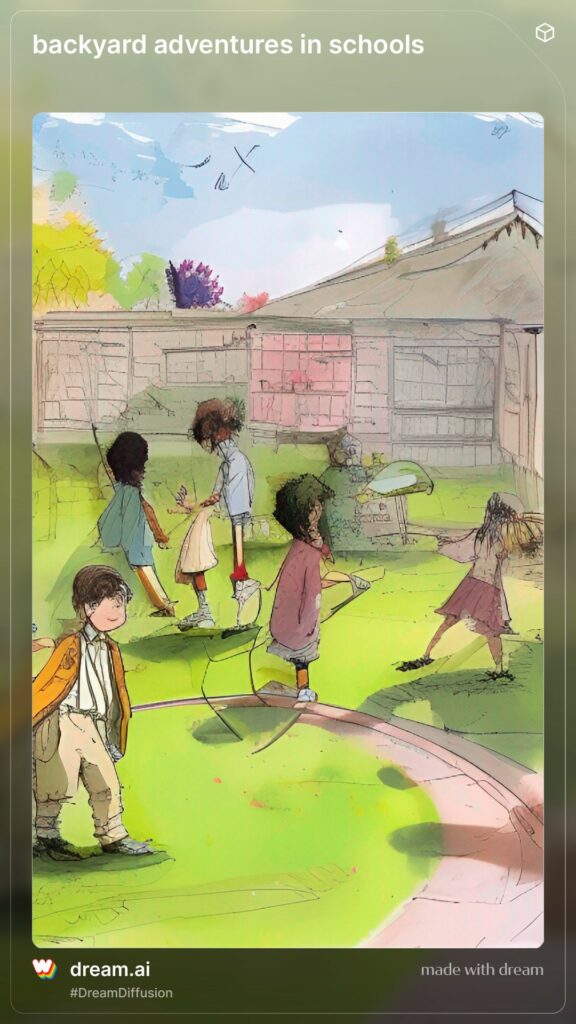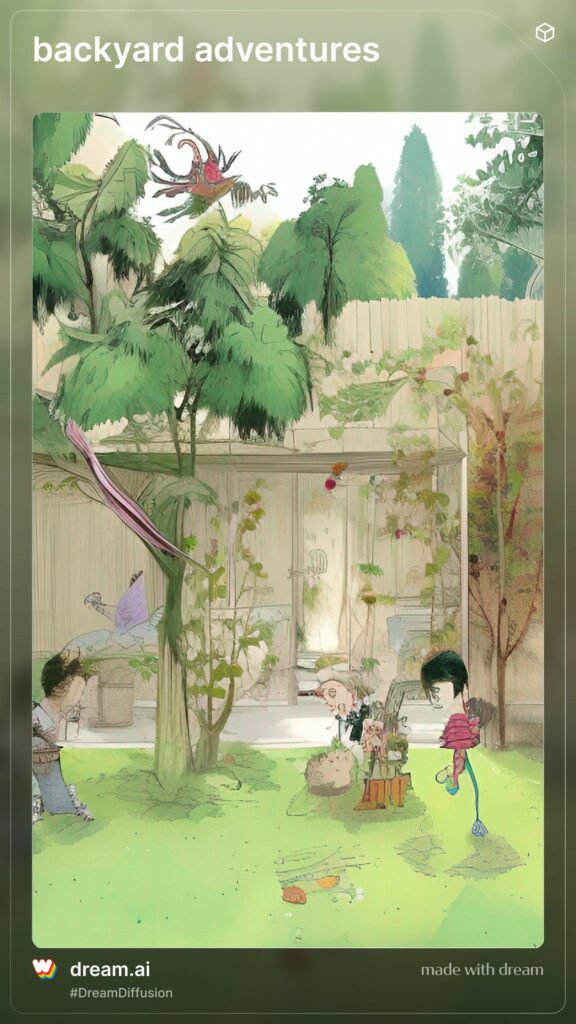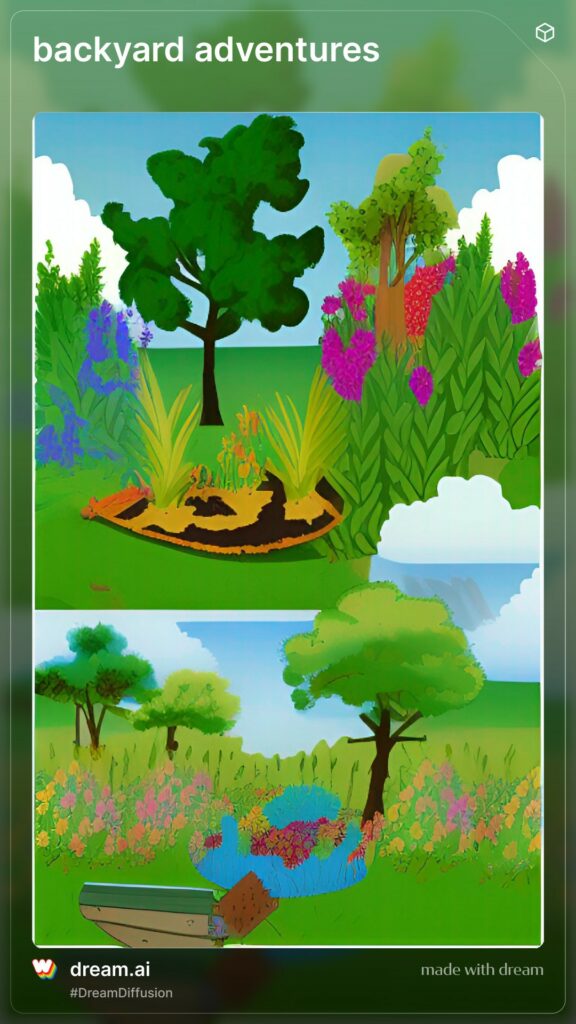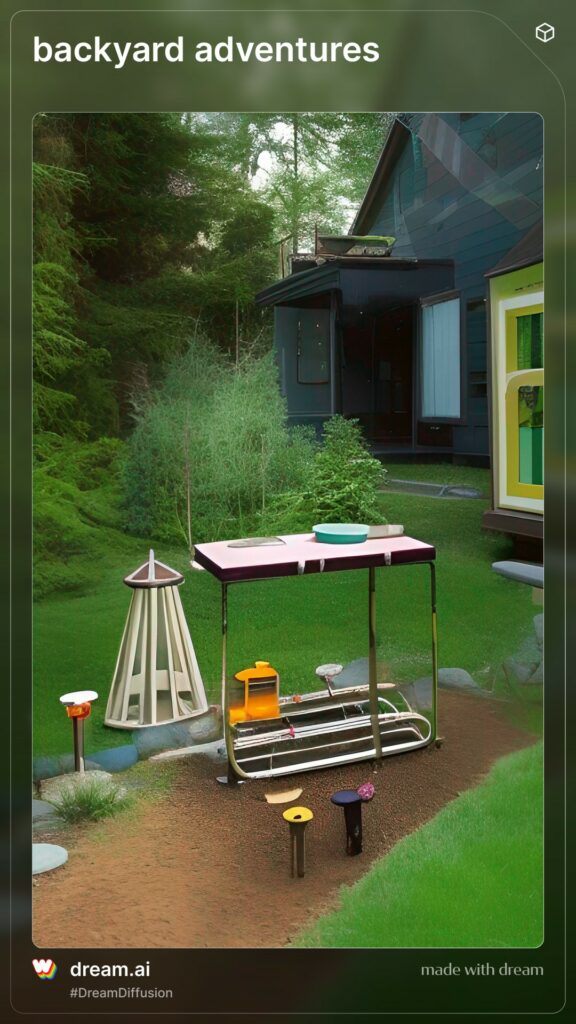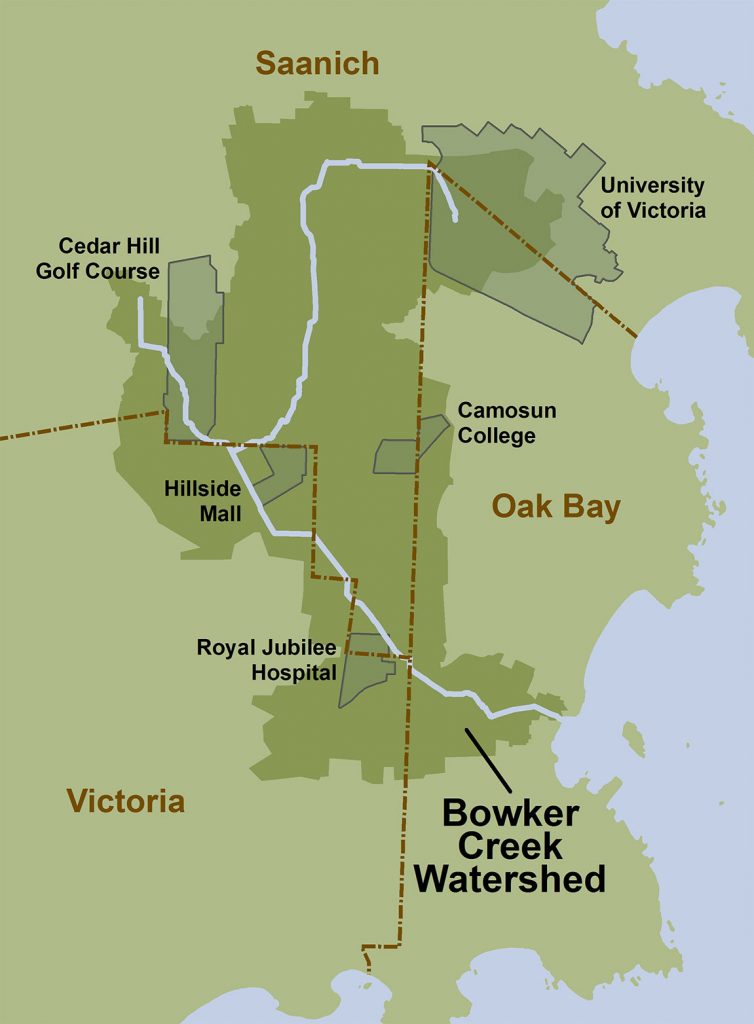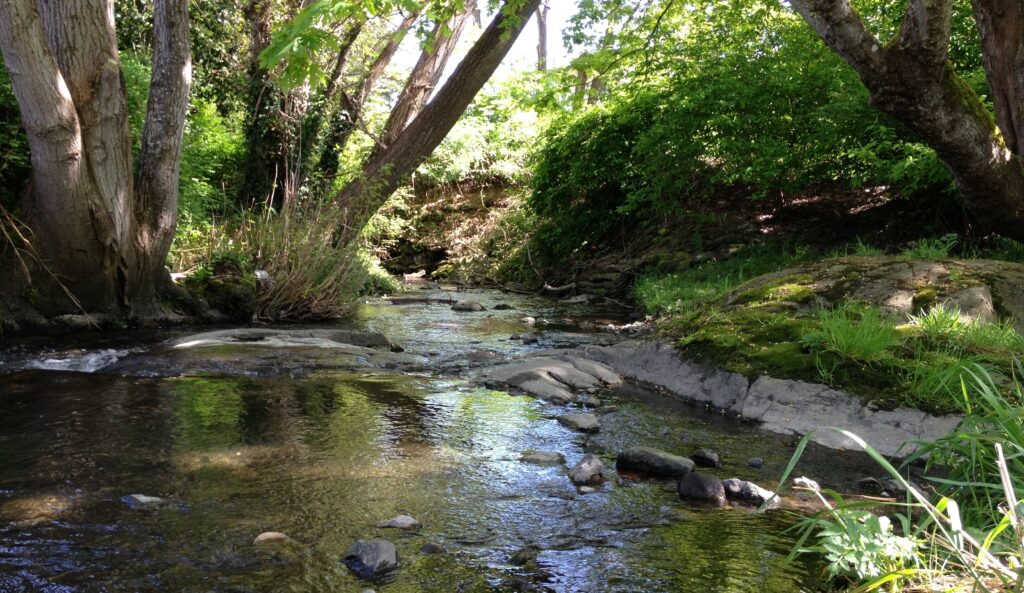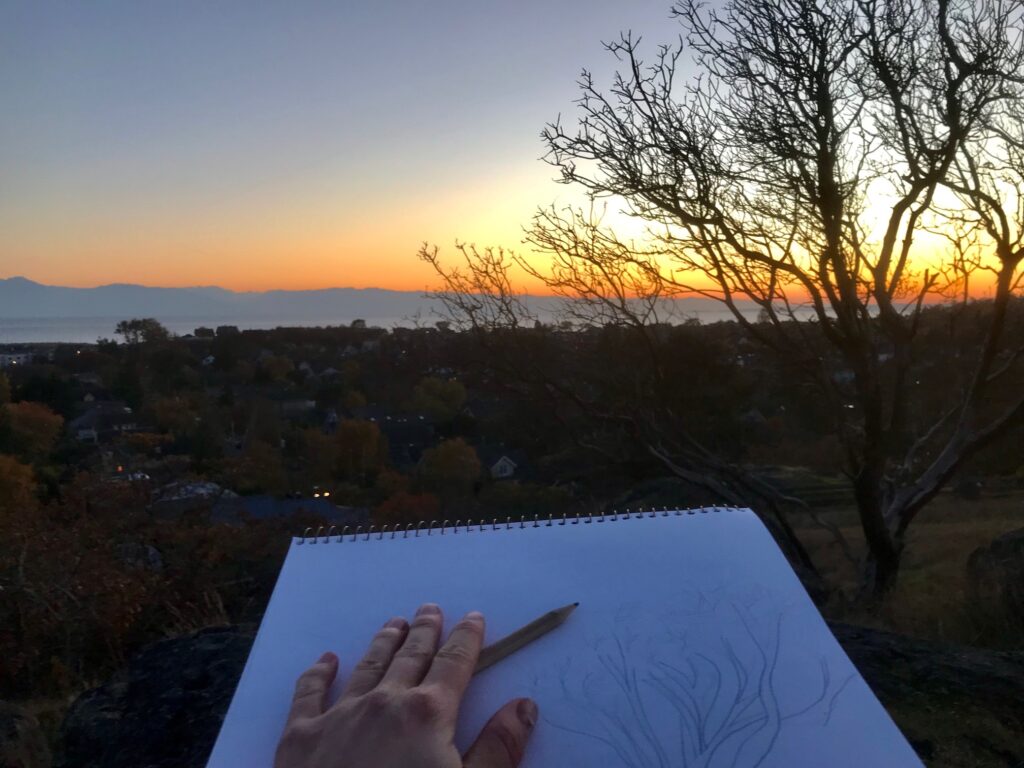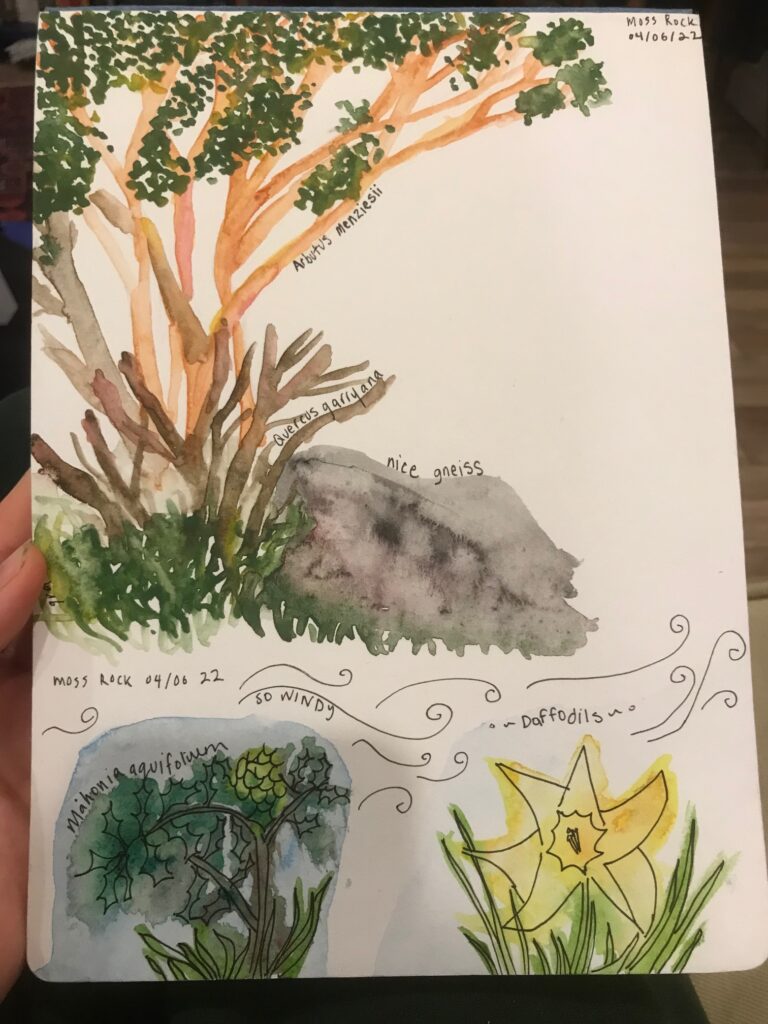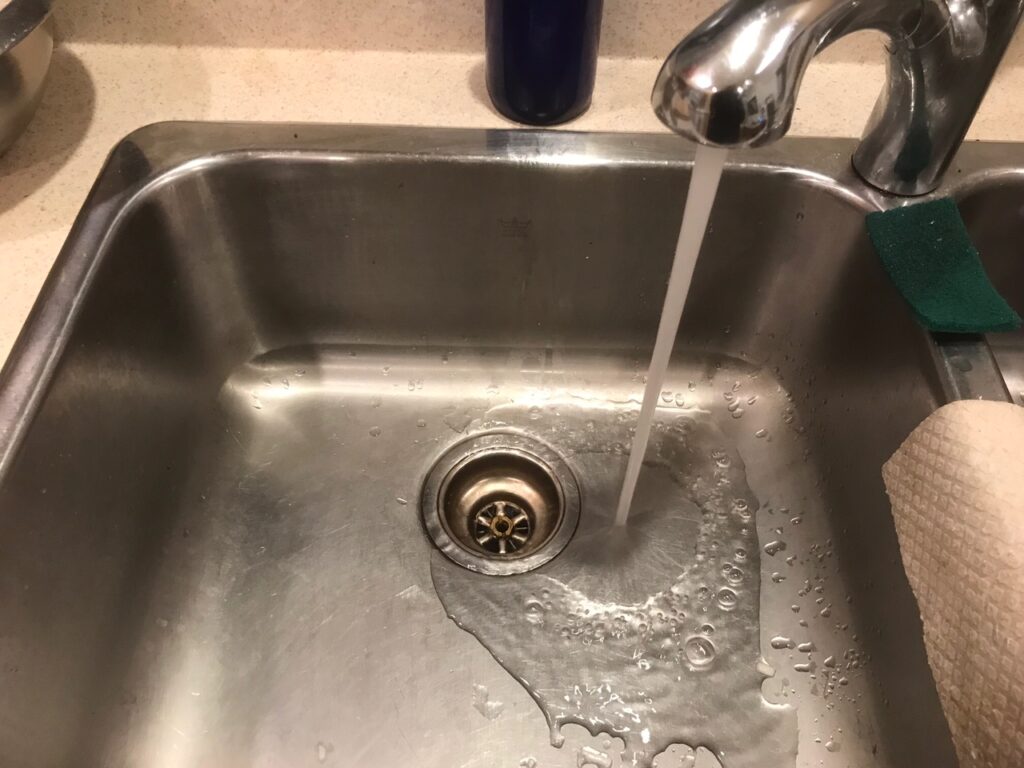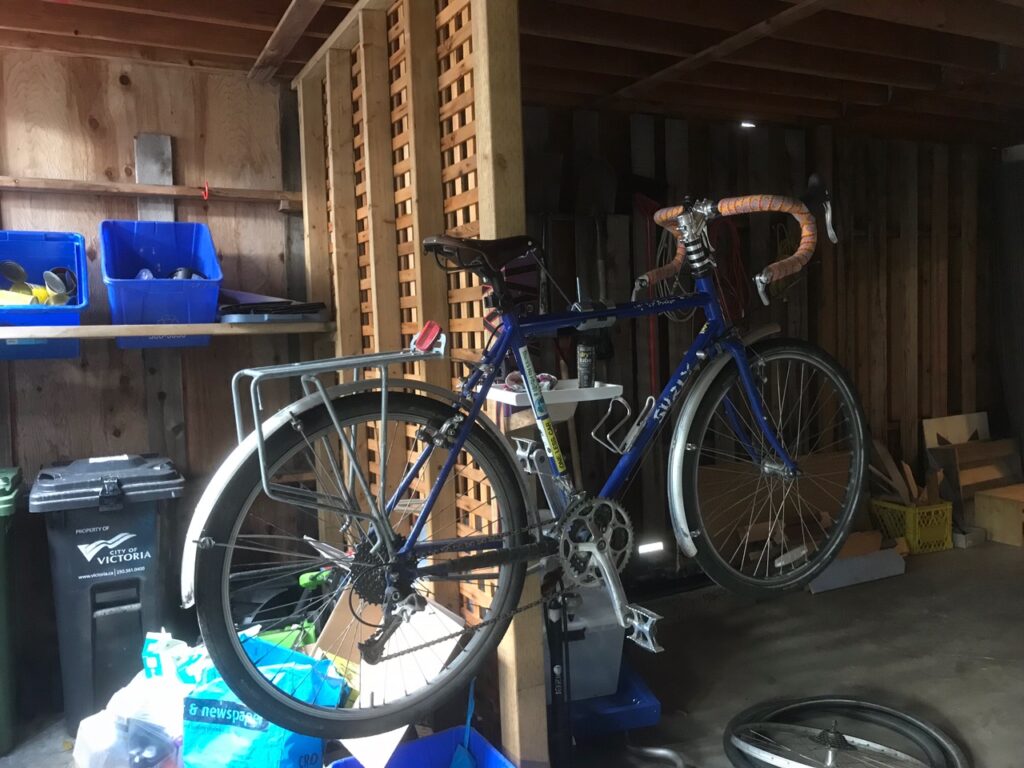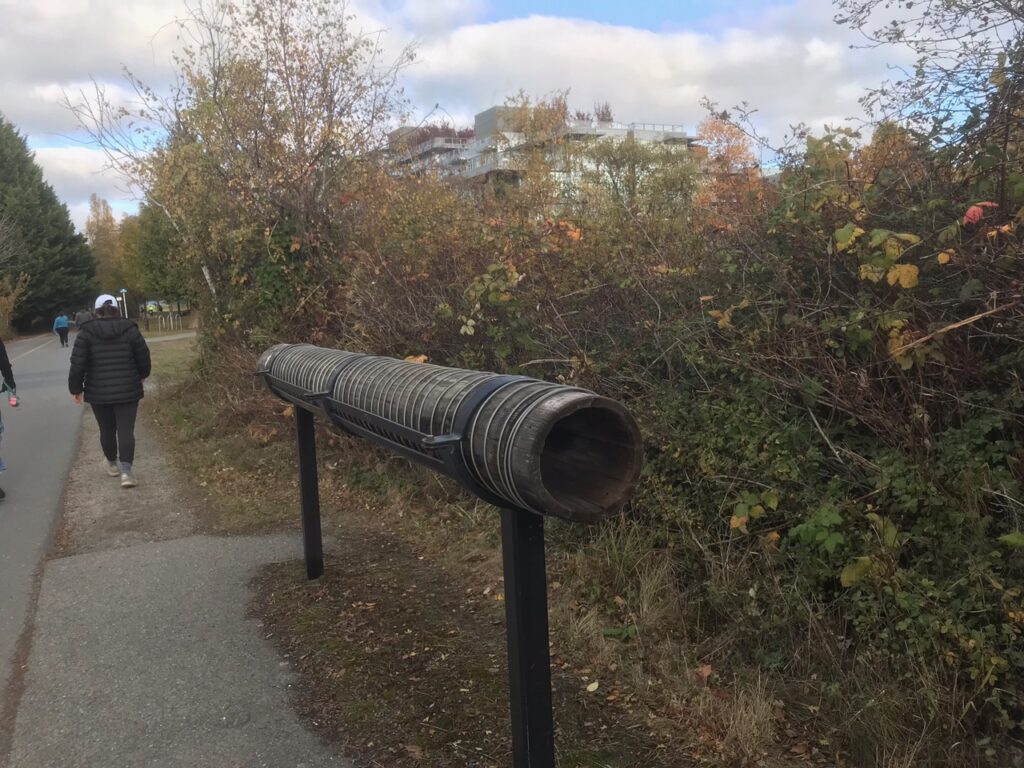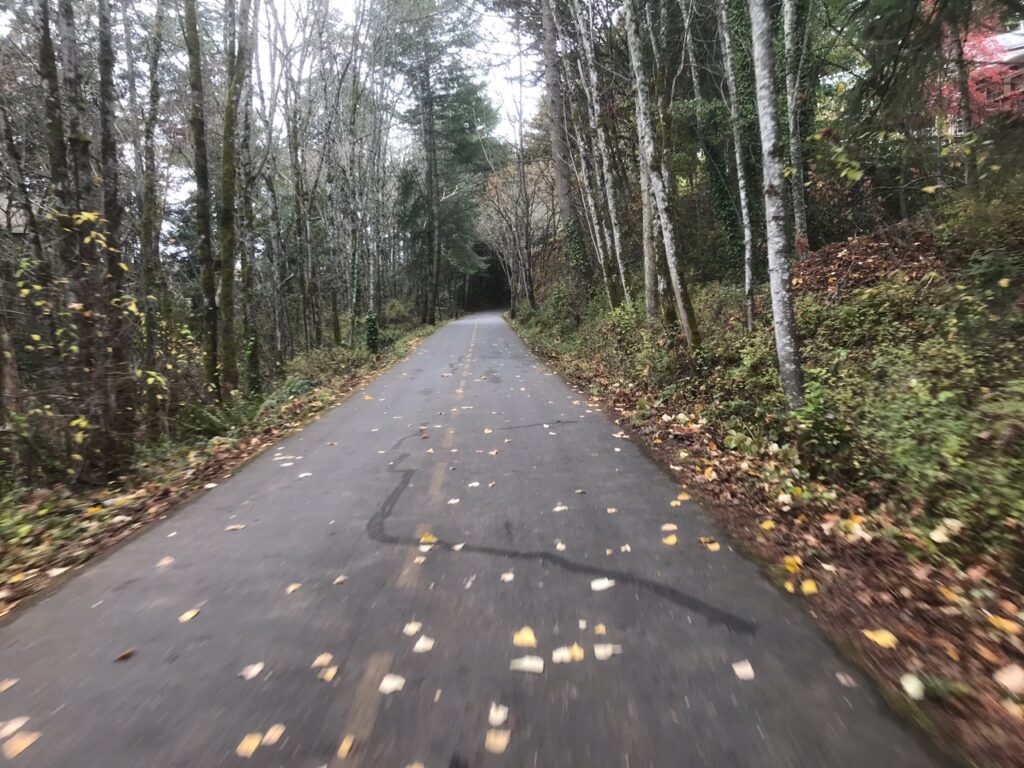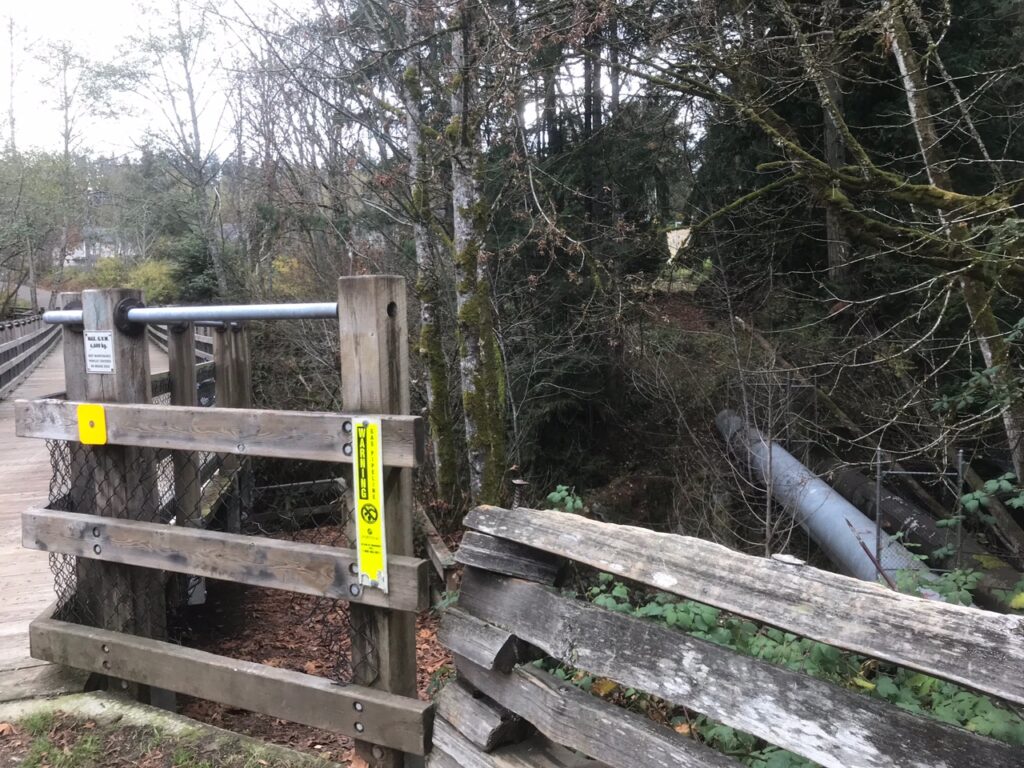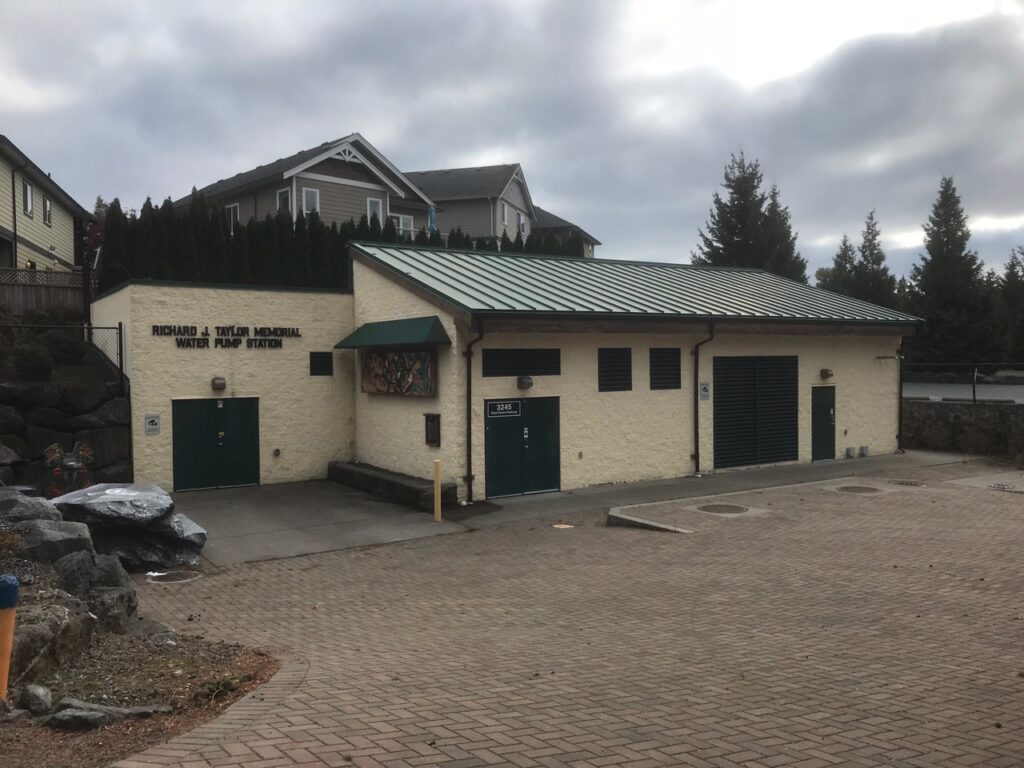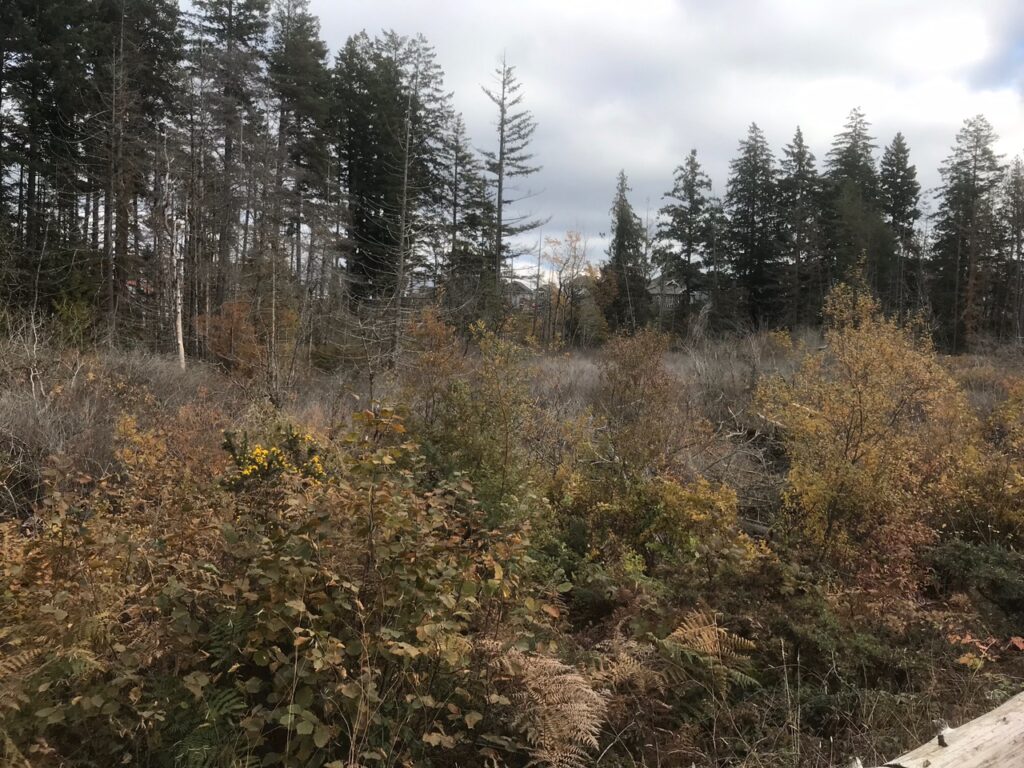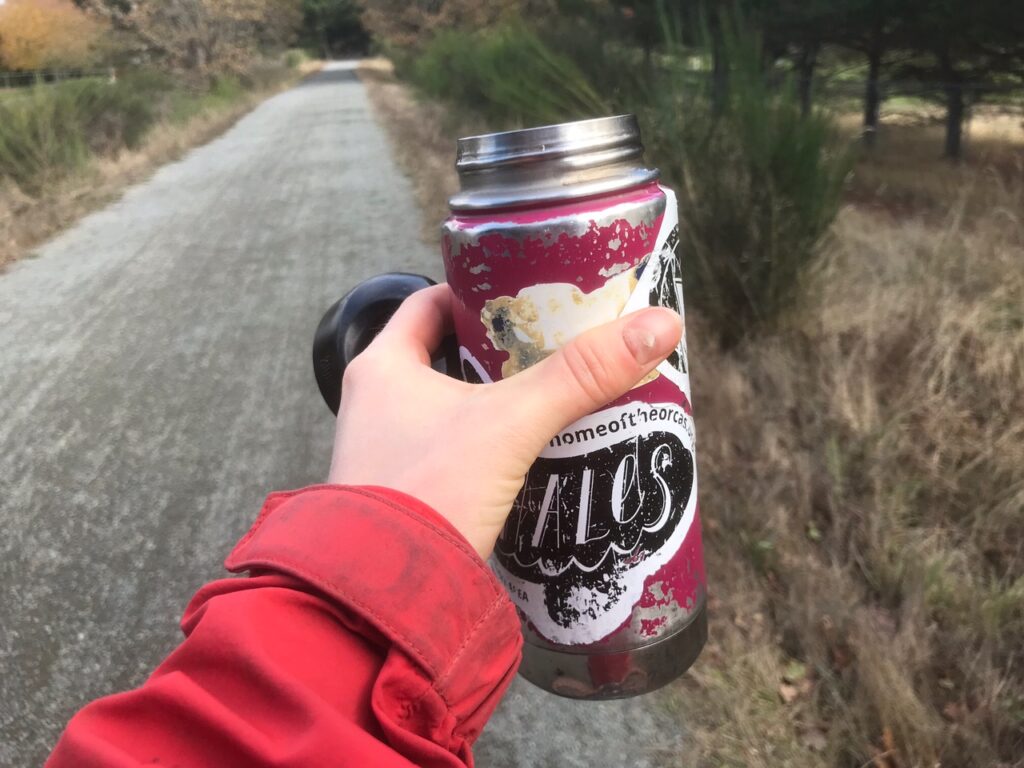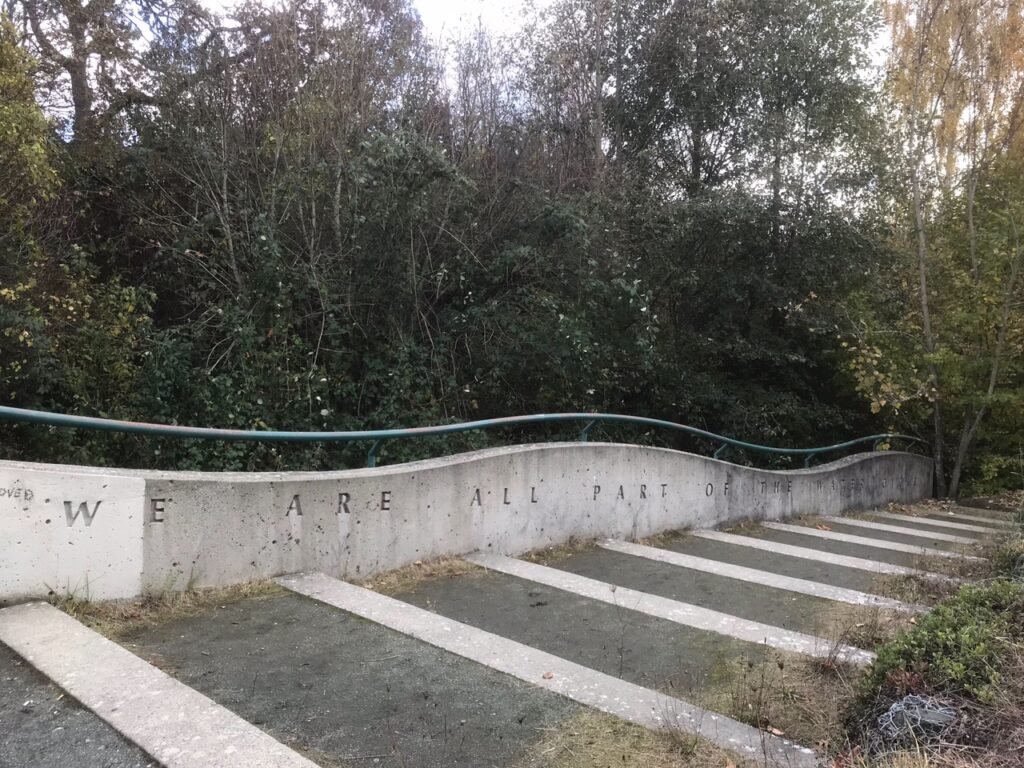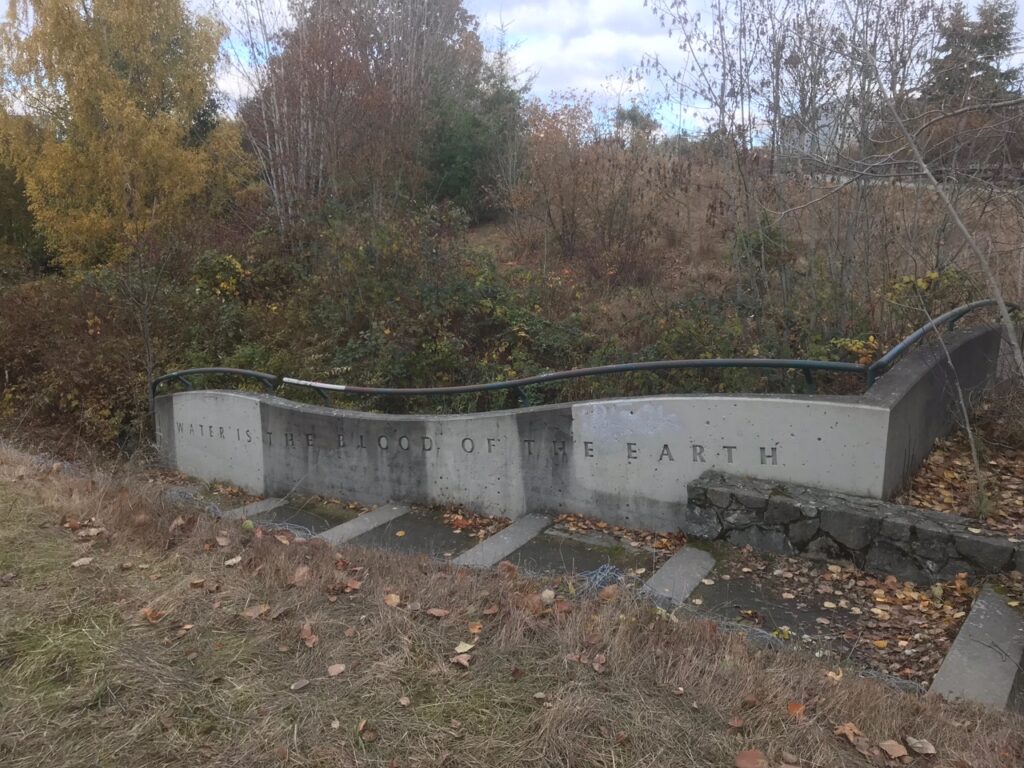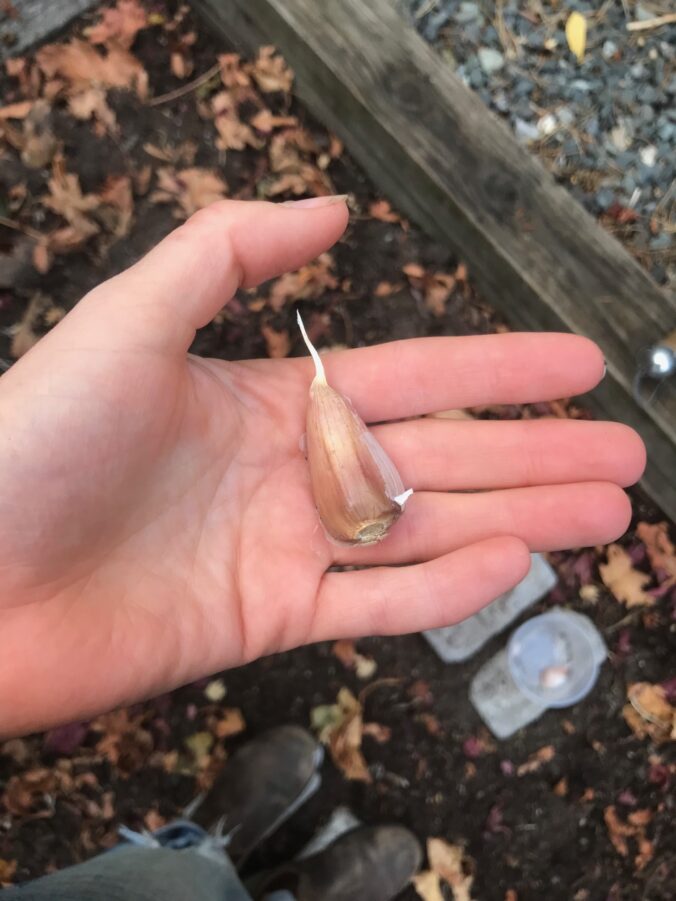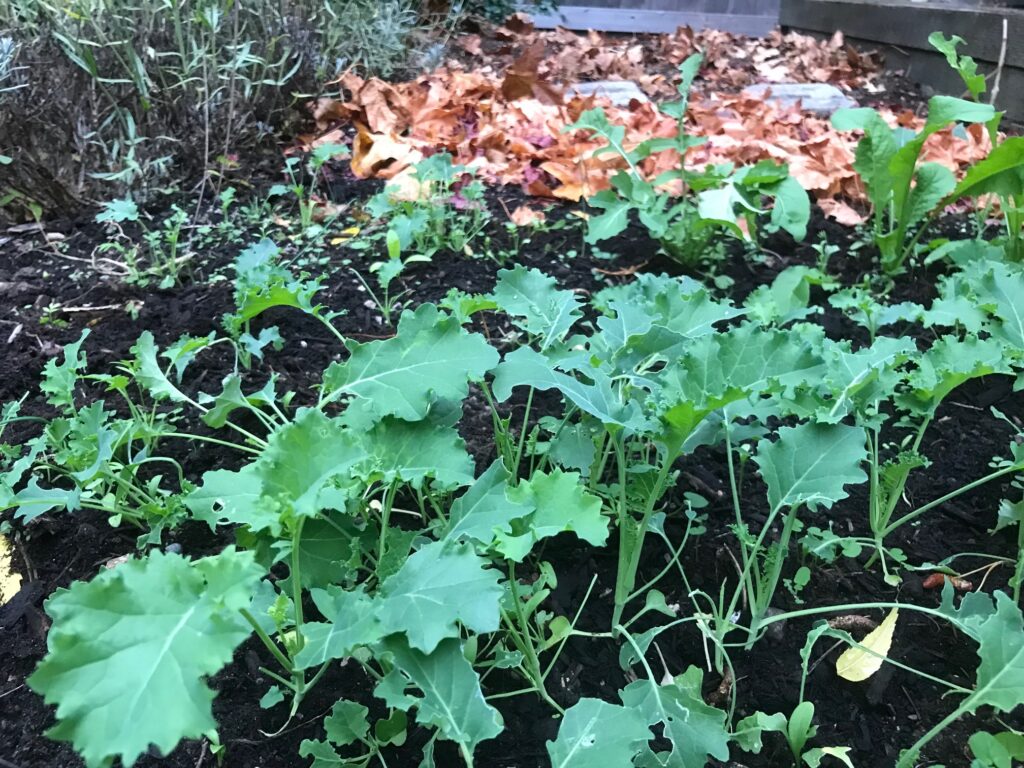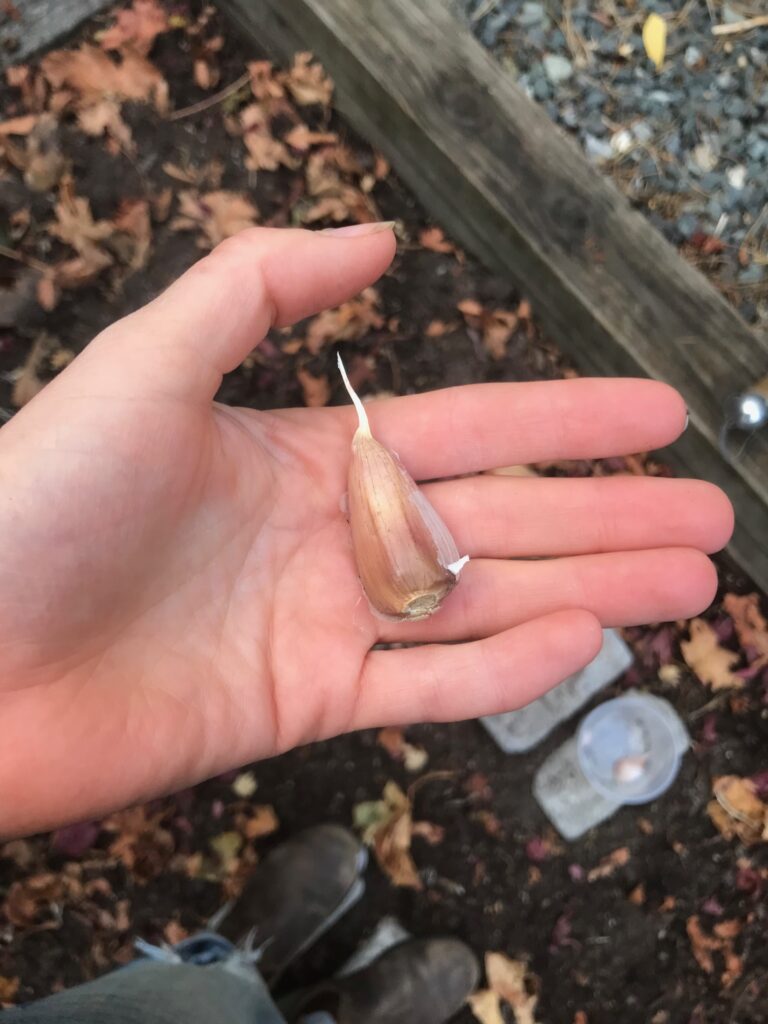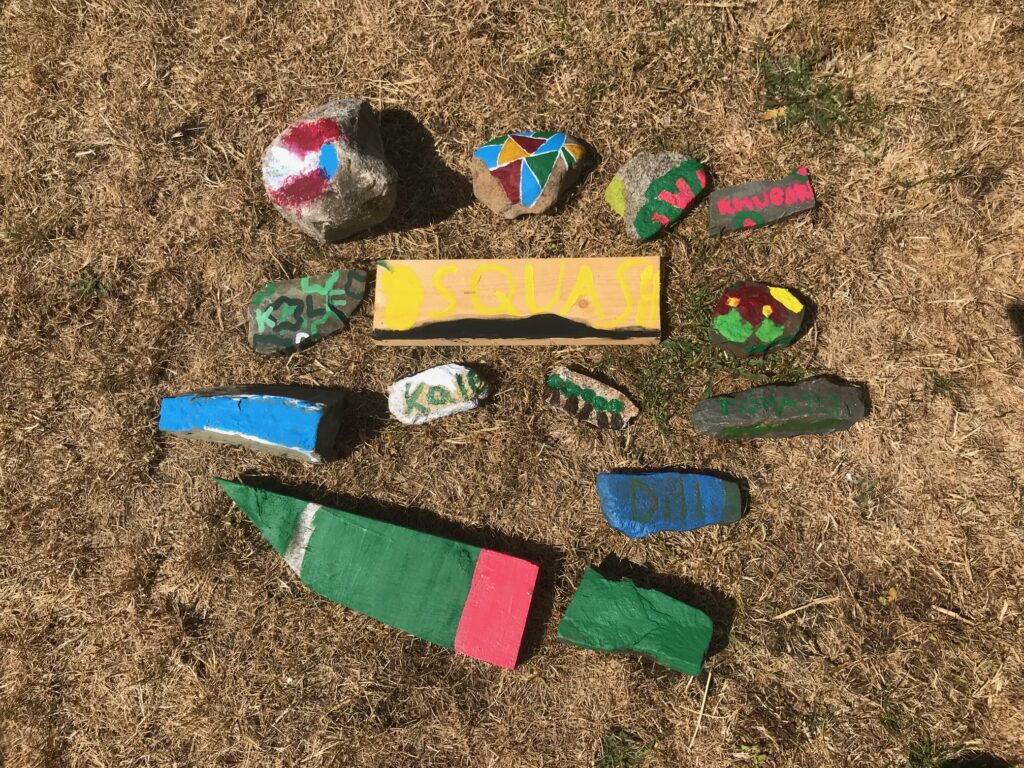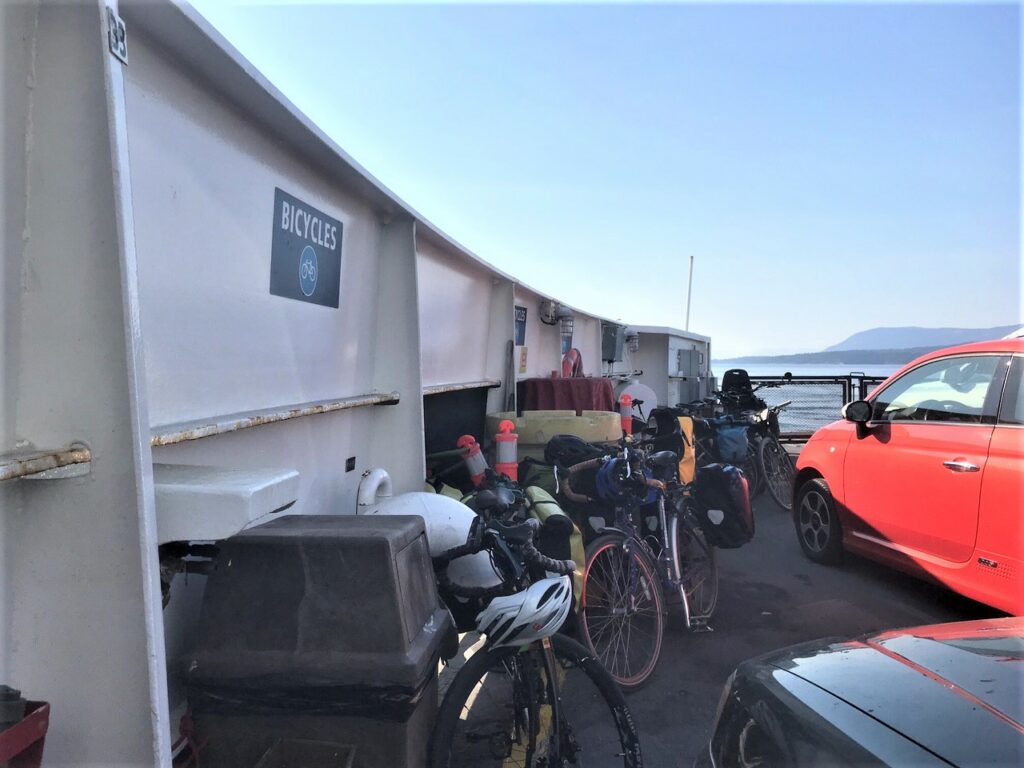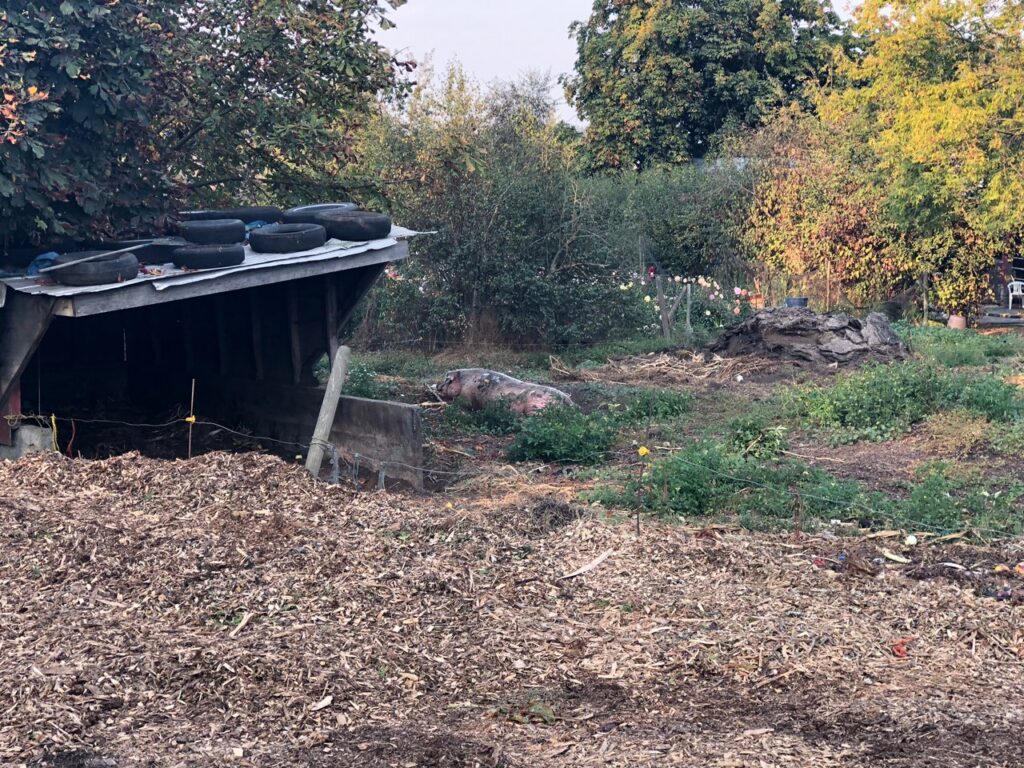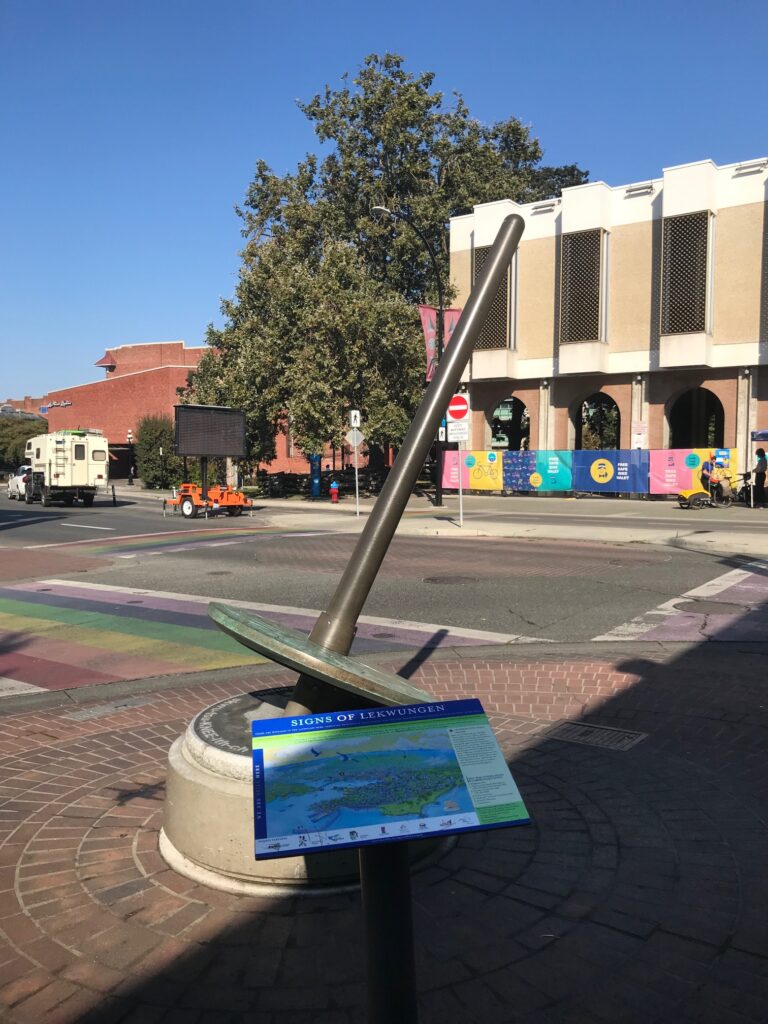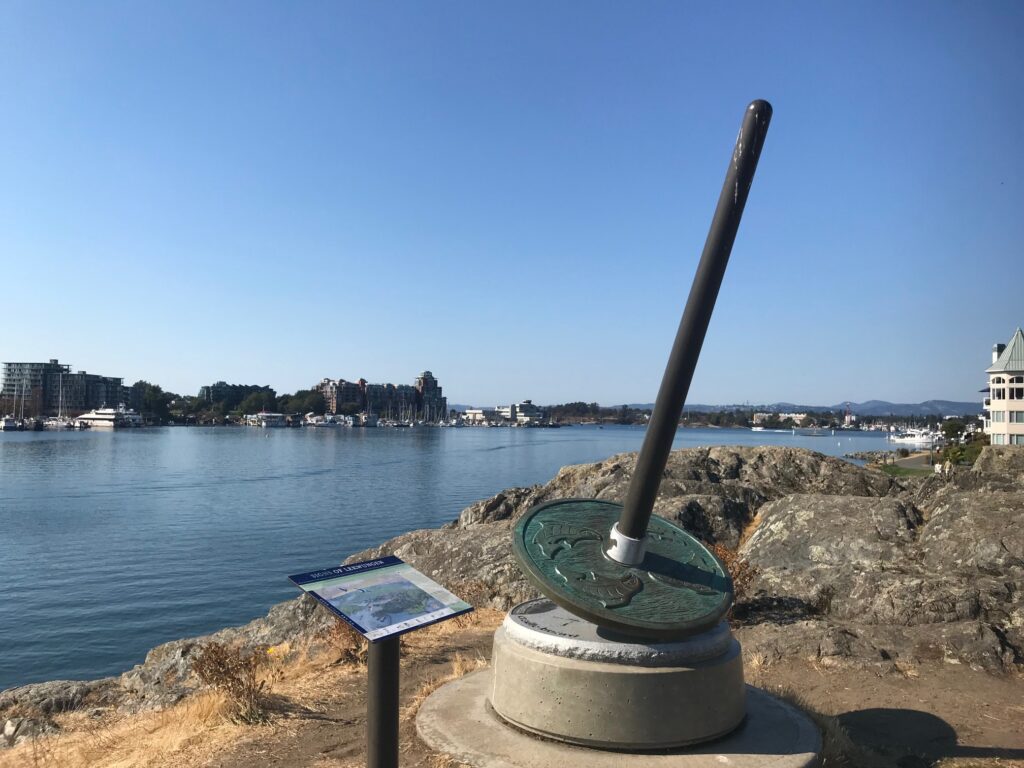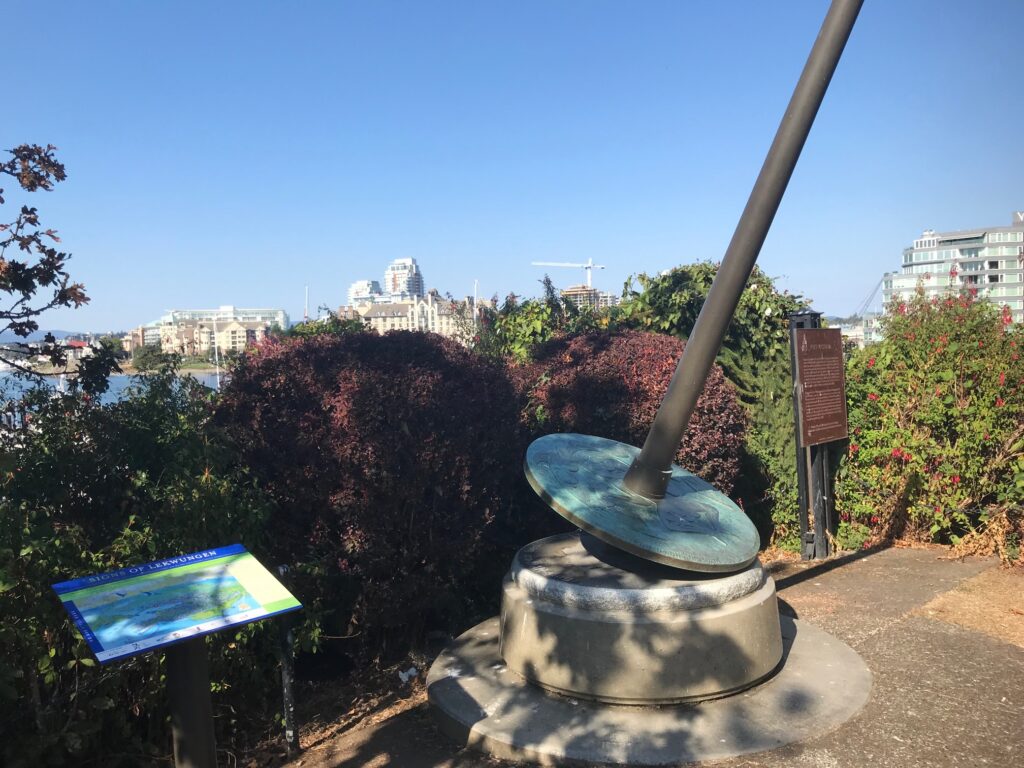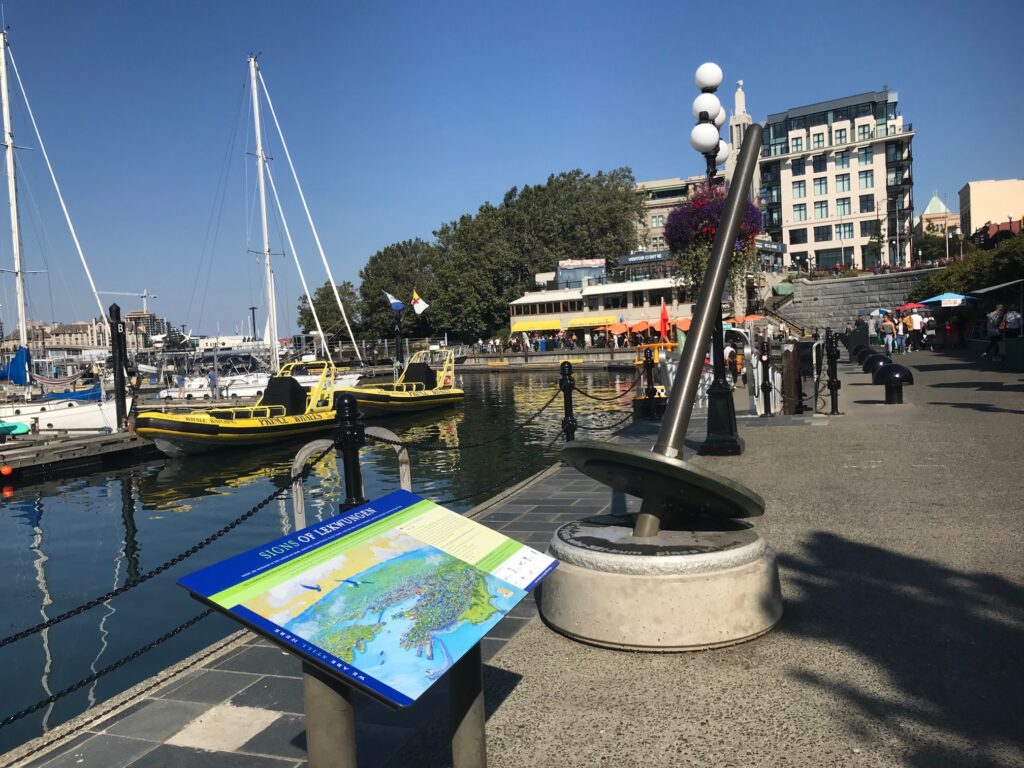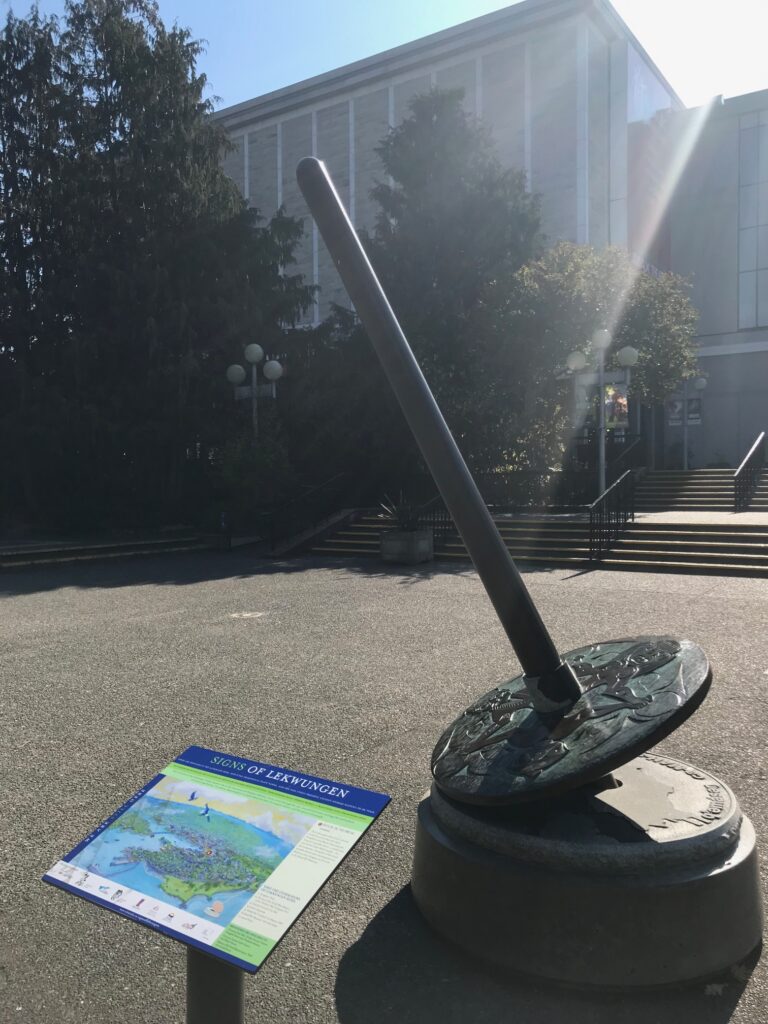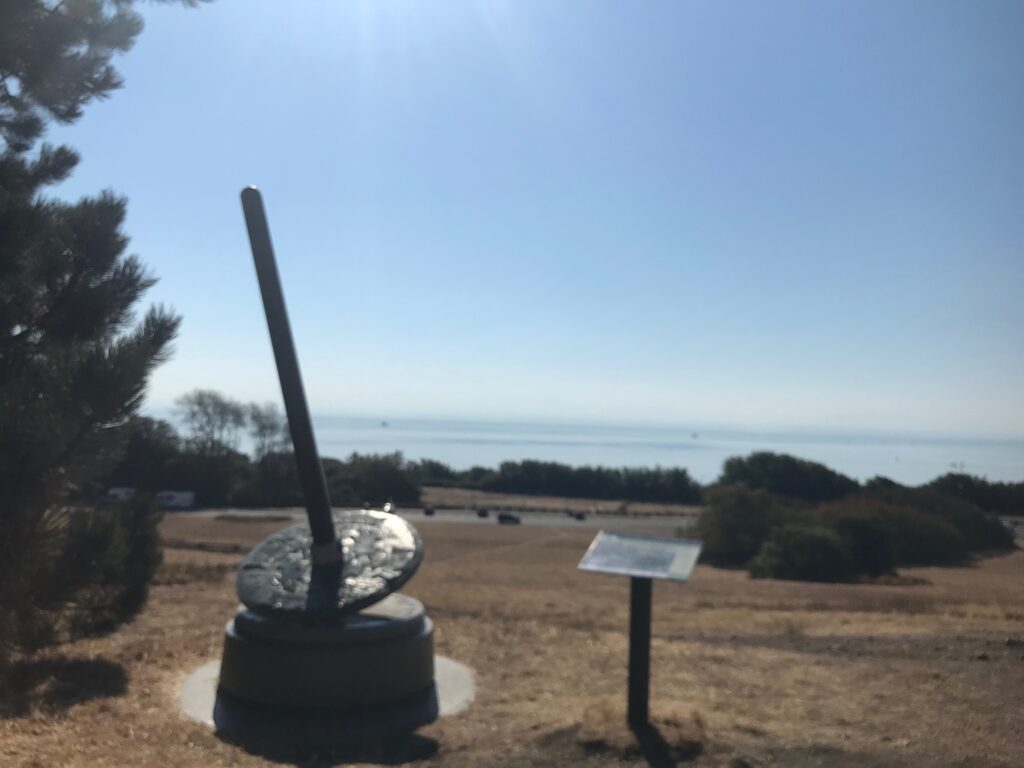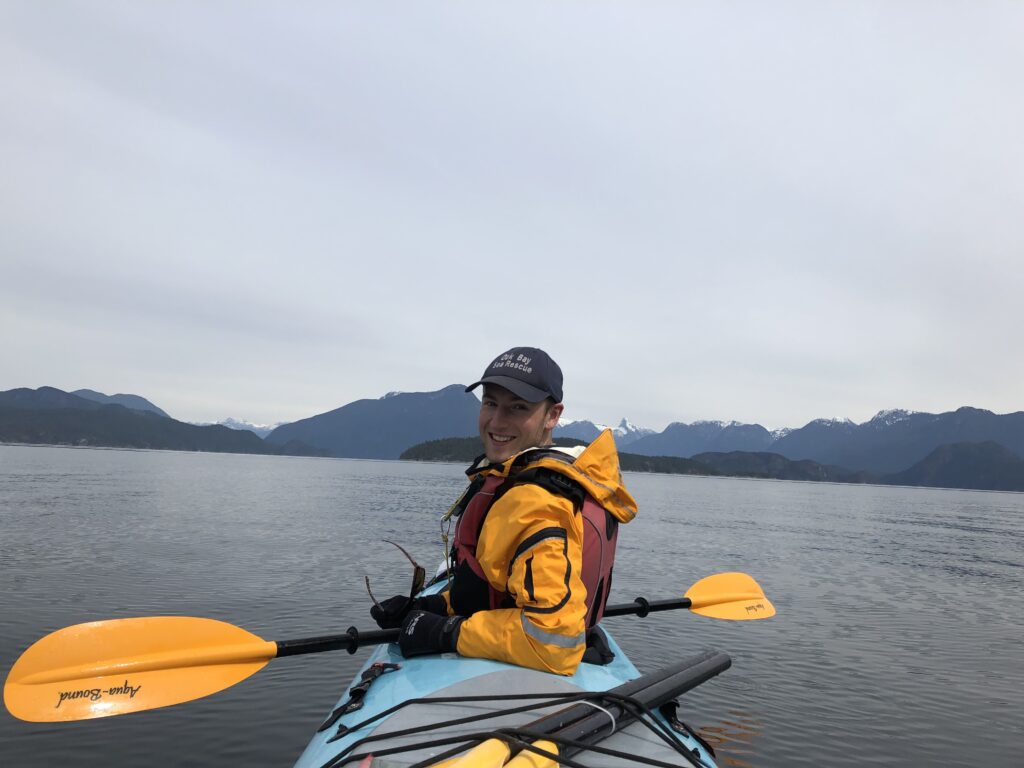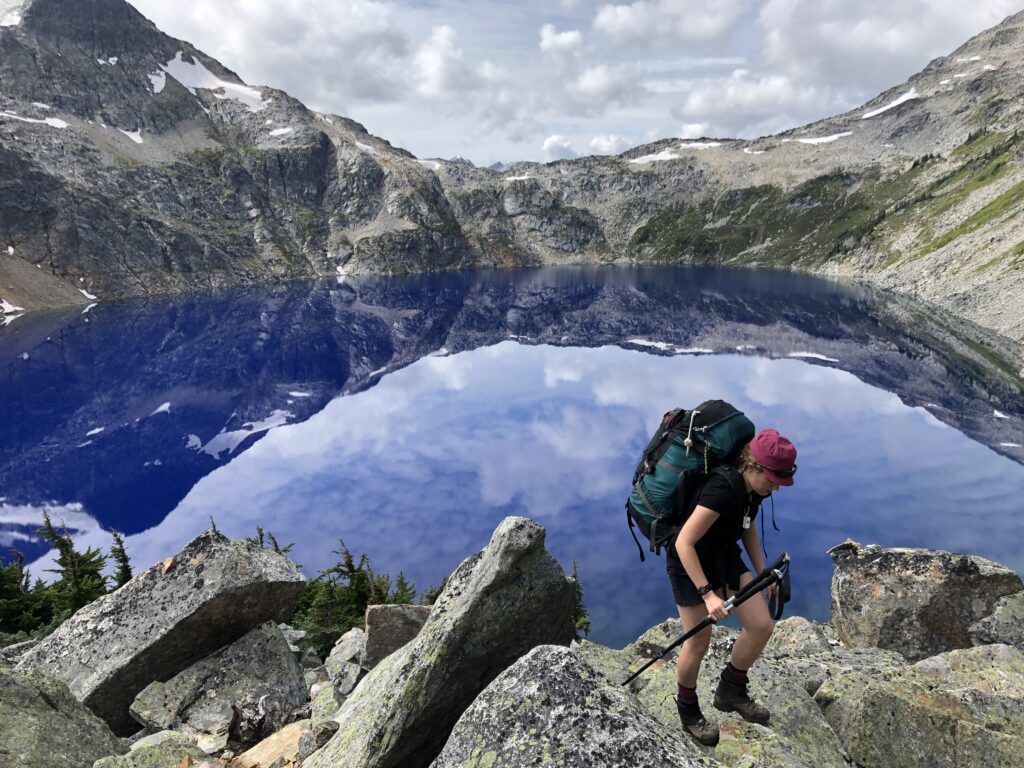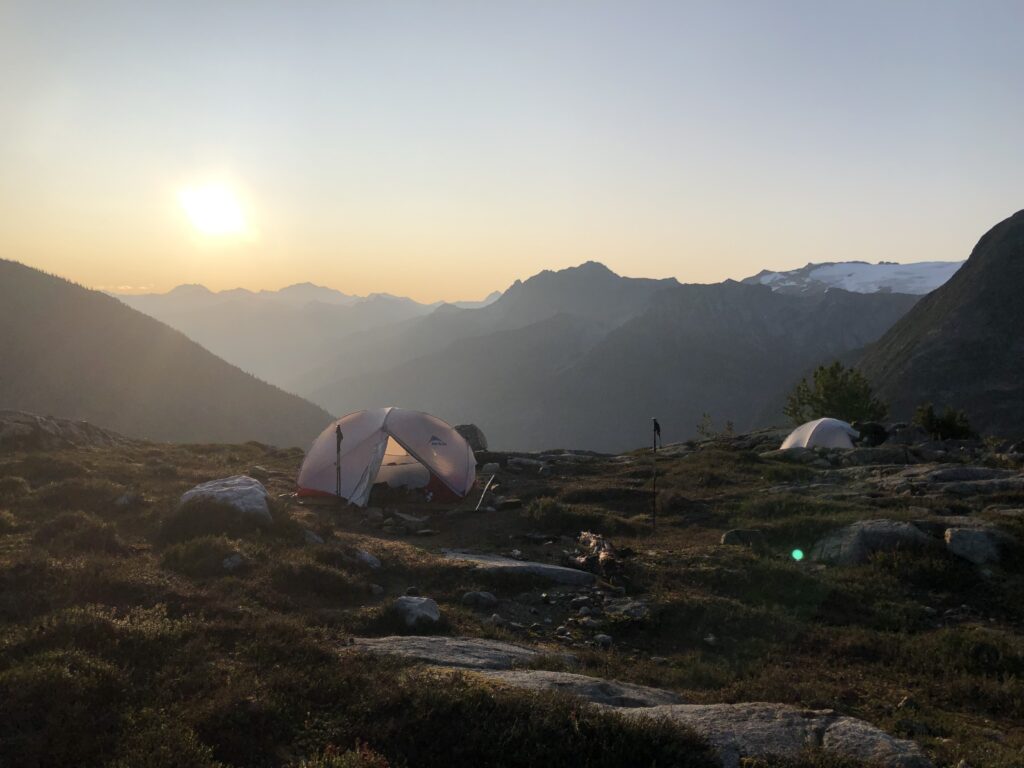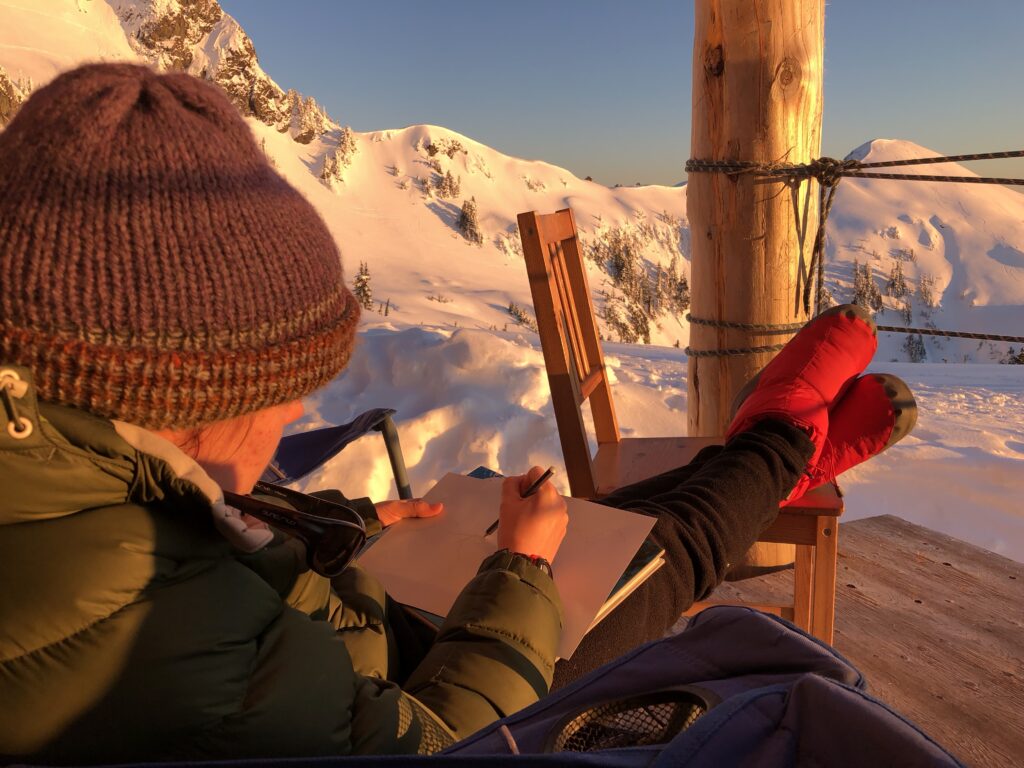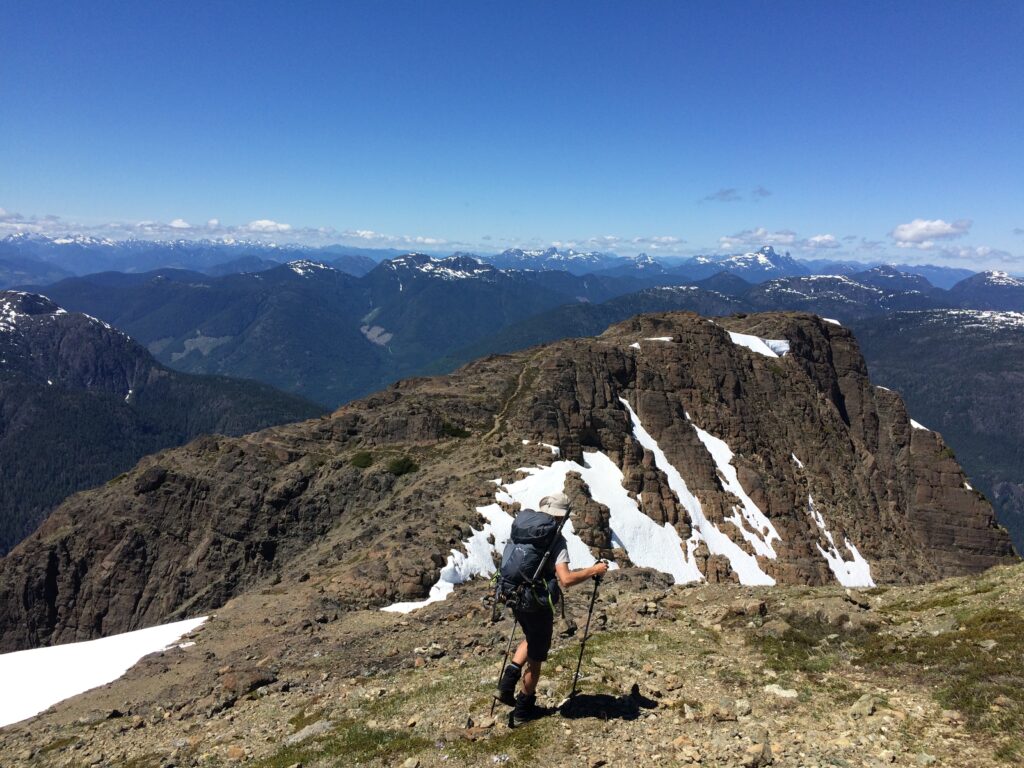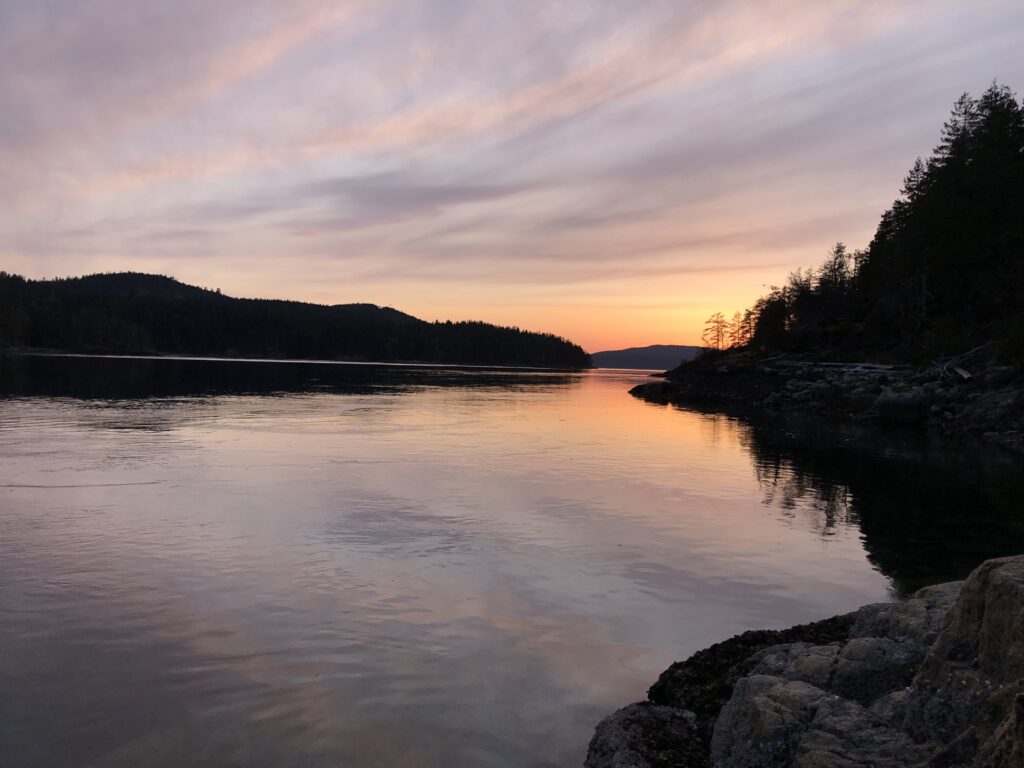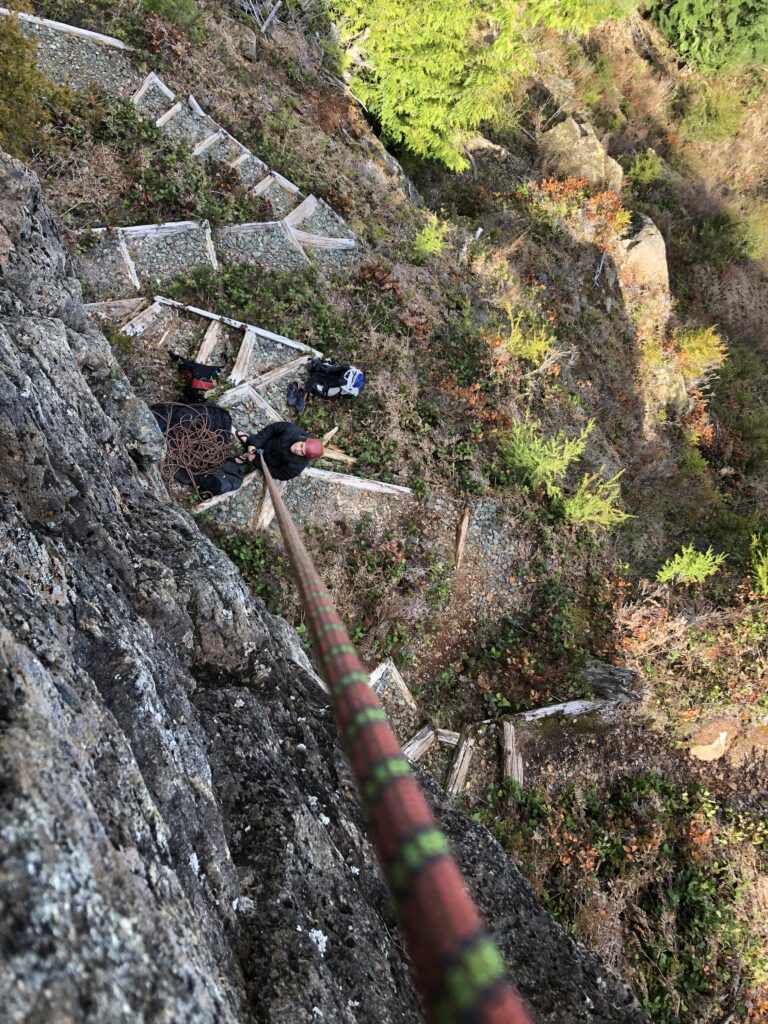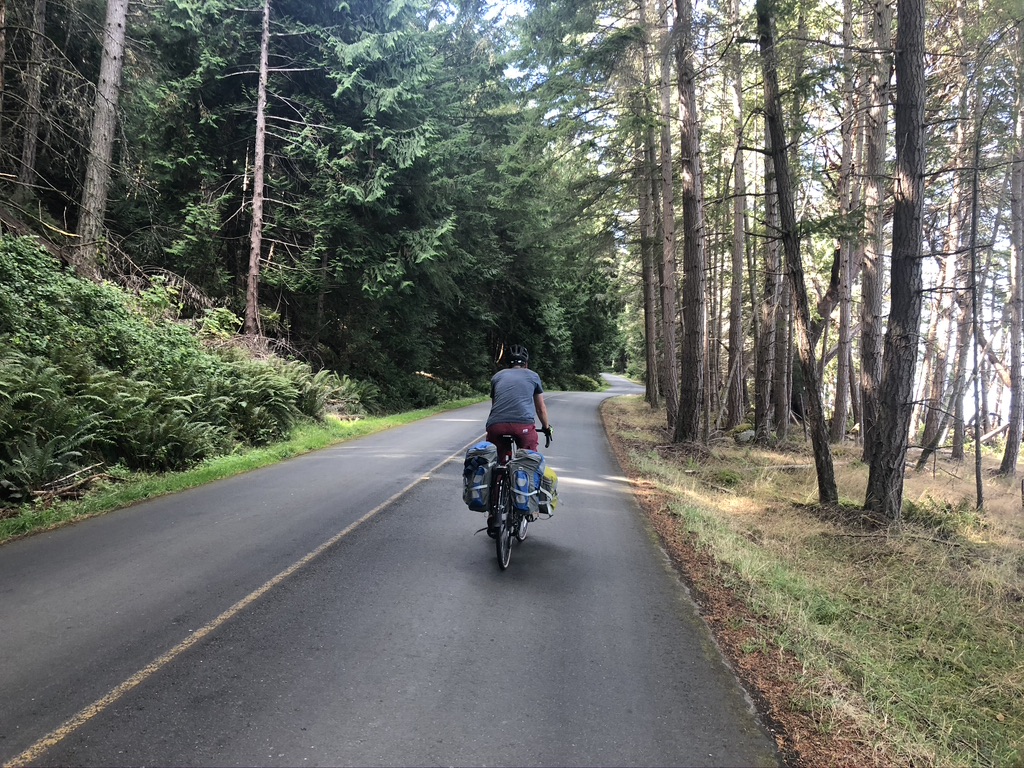The end-of-term hecticness and poor flu-shot appointment planning mean that I have postponed my final Bowker Creek Watershed adventure to the winter break. Note to self, avoid scheduling flu-shots the night before a planned adventure. In place of a reflection on my watershed exploration, I have decided to take some time to reflect on this project as a whole, what I learned, and how I hope to carry it forward on my path in education.
1. There are so many ways to adventure
In this project, I tried to approach adventure in lots of different ways. I started this project by framing adventure as an approach and an attitude rather than as a grand expedition. More than anything else, adventures are about getting curious about something, challenging yourself, and having a great time, and there are so many ways to do this. In this project, I took this approach and applied it in all sorts of different ways. From exploring my literal backyard to following my tap water on my bike to nature journaling, there are so many ways to adventure. I hope to carry this attitude into the grand adventure of daily life.

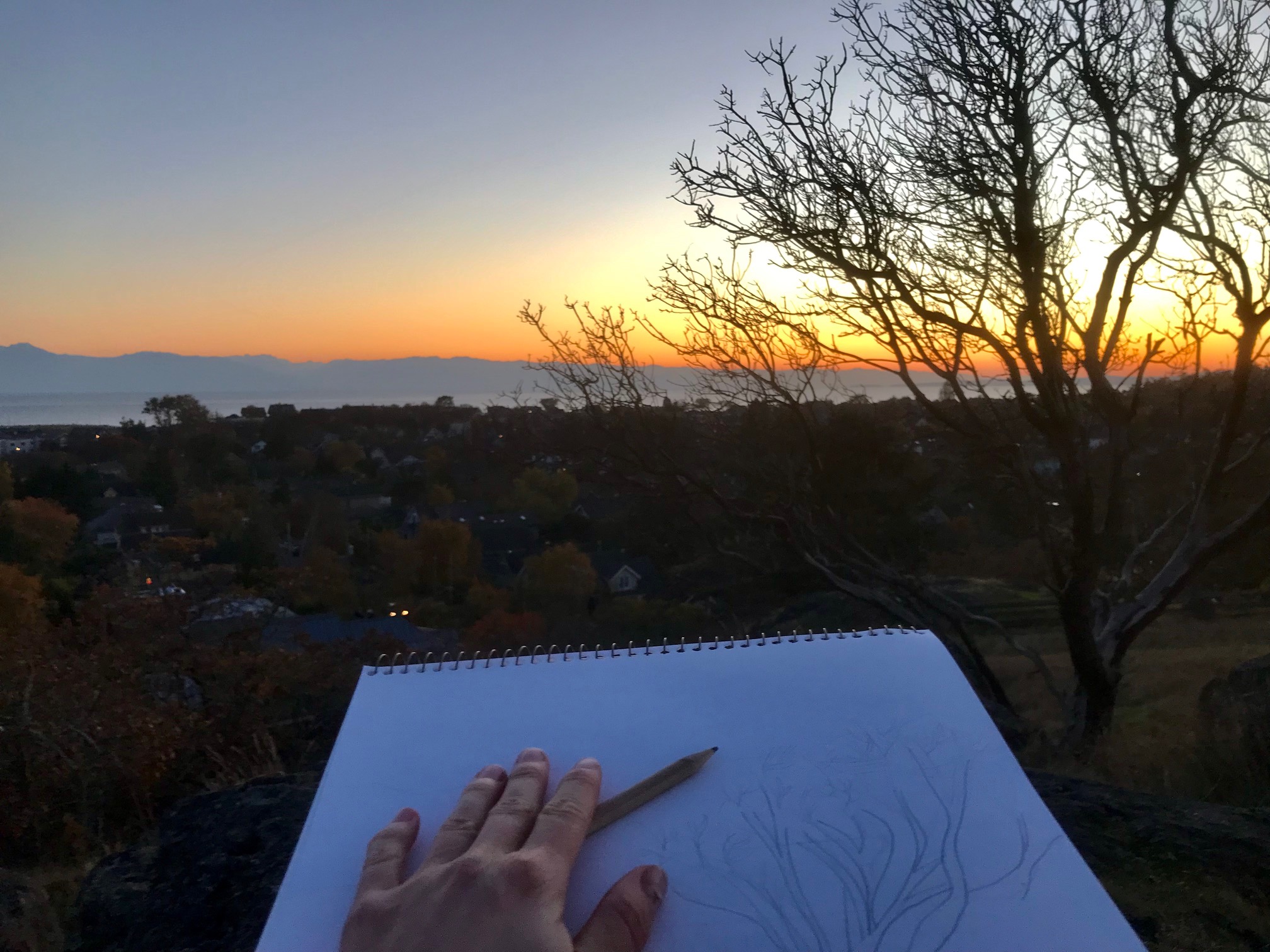
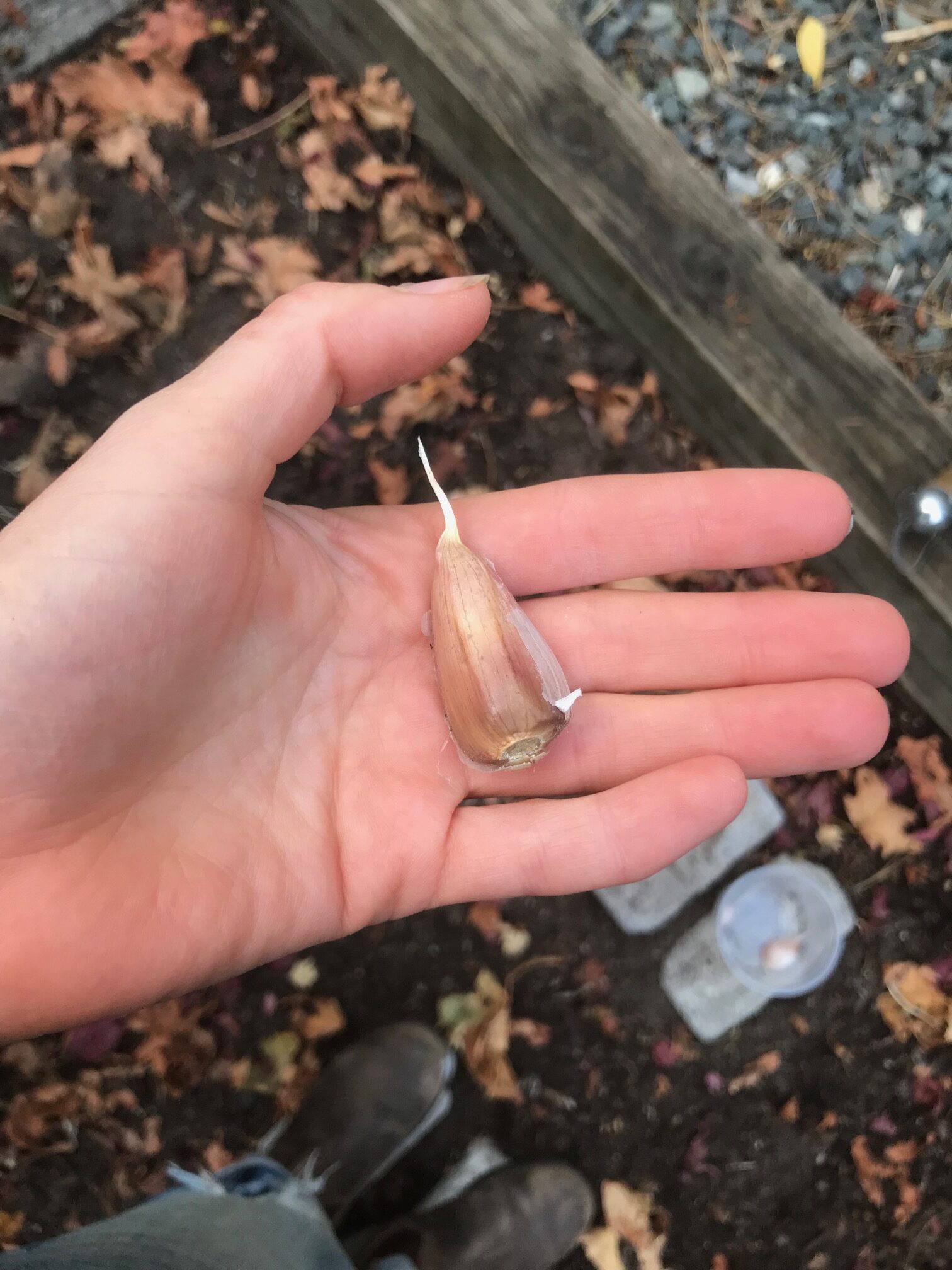


2. You don’t have to go far to find some adventure
My project this term was entirely self-propelled and all of my adventures were within 50km or so of where I live. Although I’ve lived in this area for most of my life, I felt like this project provided an opportunity for me to learn a bit more about the place where I live. There is a lot to learn about and see without having to leave the city and I think that engaging in adventures in this way helps to nurture a sense of place. As a result of this project, I am more motivated to explore the place that I live and engage in activities that care for the human and non-human communities that I am a part of.
3. You can bring adventure into the classroom
Something I also took from this project is that it is very possible (and can be super fun!) to incorporate adventure into schools without having to go far or spend a bunch of money. I think that there are lots of different ways that this can happen and I hope to bring this approach into my science and social studies classes someday. Whether it be adopting a stream as part of a science and stewardship project or taking time to observe our ecosystem up close or learning more about the place where we live and learn by walking through the history of it, there are so many accessible and easy ways to incorporate adventure into the classroom.
Below, I’ve included some images from an AI art generator with prompts related to backyard adventures and schools. Although I’m not convinced that AI has much experience with backyard adventuring, I do think that it has captured some important elements of what it can look like.
